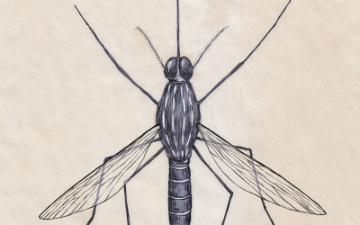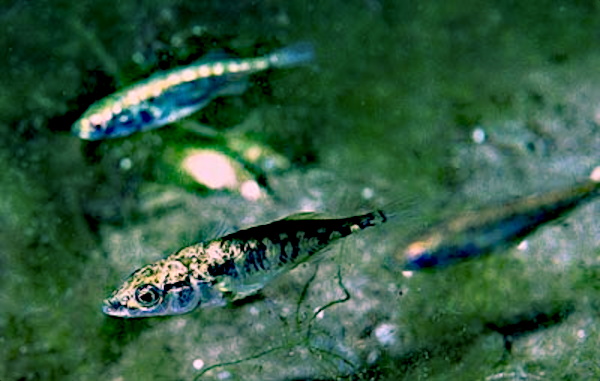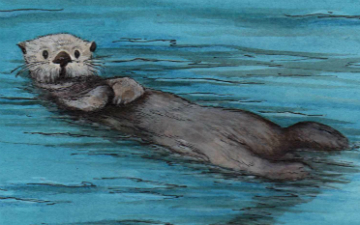Cards
(QUICK LINKS: Decks | plants | mammals | birds | | reptiles | fish | cephalopoda | insects | microbe | events
( scientist | project | modifier | technique |)

Mosquito
Culicinae subfamily


1 POINT
Play: Culicinae has a MOVE of 2 and may be played next to land-based mammalia SPECIES cards.
Fact: Many species of mosquitoes are not bloodsuckers.

Blue Whale
Balaenoptera musculus


8 POINTS
Play: Balaenoptera musculus has a MOVE of 2 and requires a KRILL card for diet.
Fact: Balaenoptera musculus usually live alone or with one other individual.

Climate Change
Event Card
Play/Effect: Place this card on top of any SPECIES card to immediately remove. In the same action, the EVENT card then moves to an adjacent SPECIES card. A game of rock-paper-scissors determines whether this card is also discarded. Continue moving the EVENT card and removing SPECIES cards until you lose. Card can only be played once per game.

Three-spined Stickleback
Gasterosteus aculeatus



7 POINTS
Play: Gasterosteus aculeatus has a MOVE of 2 and can also feed on ZOOPLANKTON.
Fact: Gasterosteus aculeatus has a pelvic fin which is used to protect the fish against other fish predators

Pacific Krill
Euphausia pacifica


4 POINTS
Play: Euphausia pacifica has a MOVE of 1 and feeds on (should be played adjacent to) a PLANKTON species card.
Fact: Euphausia pacifica oil can be used as a food supplement

Sea Otter
Enhydra lutris


8 POINTS
Play: Enhydra lutris has a MOVE of 2
Fact: Enhydra lutris have the densest fur in the animal kingdom, with nearly one million hairs per square inch.